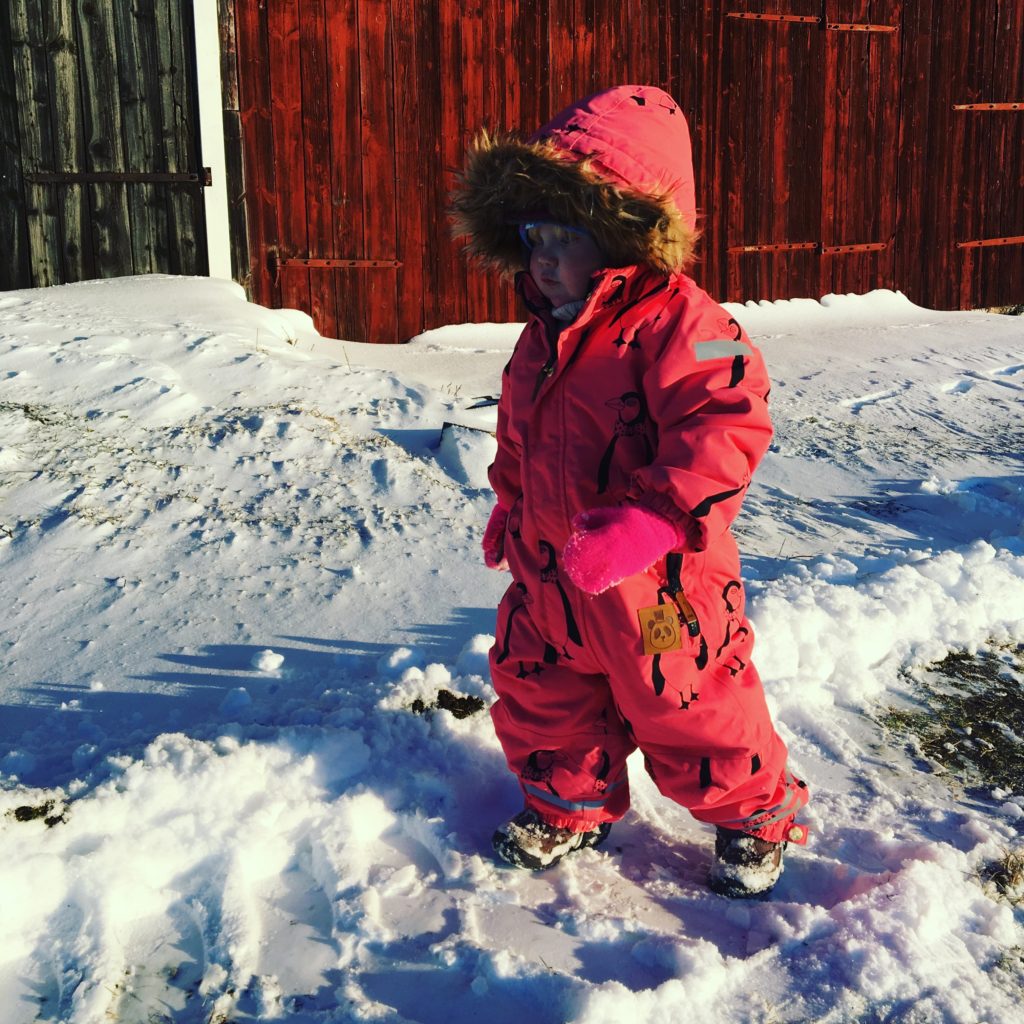
I have never, ever, ever felt this cold… I thought I was a seasoned pro-skier but still I have NEVER felt cold like I have in the last couple of weeks in Stockholm.
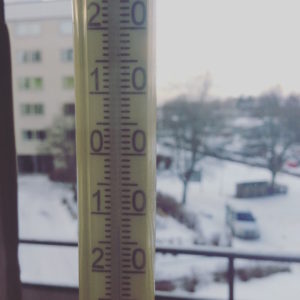
So, as you can imagine, my ritual ‘is she too hot, is she too cold’ dance has become twice as agitated as it was before temperatures plummeted to below zero.
After days of research here are some TOP TIPS from ‘the experts’ (uh huh, the internet) about how to dress kids for winter, especially if they are active and outdoors a lot.
Ages 0-1 year
Ok, so you aren’t going to be spending that much time outside with a newborn or small baby but advice from BVC (Barnavårdscentral) at this time of year is to get them out as much as possible. Being outdoors gets them used to temperatures outside and weirdly prevents seasonal sickness, apparently.
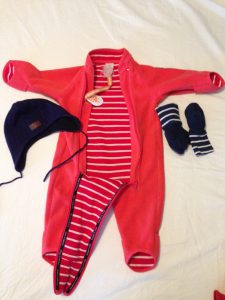
Three layers is the starting point and should be enough for babies at this age as they will also be outside in a pram with an åkpåse (footmuff/buggy-bag) that is designed for winter i.e. SUPER COSY, possibly fleecy lined with a bit of sheepskin thrown in somewhere?
Layer 1 – underclothes i.e. long-sleeved vests and pants should be wool. Wool is the best natural material at winter for insulation and prevents moisture build up. Anything close to the skin should be wool. This goes for hats and socks too.
Layer 2 – Warm sweater and pants i.e. cardigan or sweater top and jeans or leggings with wool socks
Layer 3 – Wind-proof/water-proof overall (probably only needs to be wind-proof) with or without feet and mittens. If no feet invest in some wind-proof/water-proof bootie overalls. Chances are baby won’t be walking yet so there is no need for snow boots but if they are, definitely invest in some snow boots but remember that they will be wearing thick socks, so think about getting a size up.
Most importantly – THE HAT!!! never ever leave the house without a hat for your baby or some old wifey neighbour will shout at you (parent fail).
All of above + åkpåse should mean that baby is cosy warm.
Ages 2-3
At this age they are proactive and walking which I believe requires another layer i.e. 3 layers (wooly thermals, tops and pants, plus fleecey jacket and waterproof overalls. Snow boots are definitely a must and most good shoe shops sell them in winter from sizes 19+
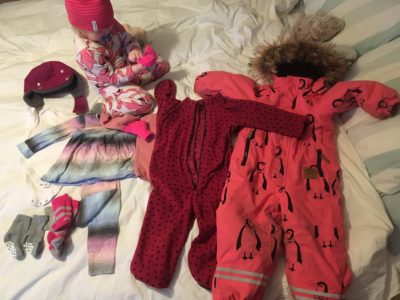 Ages 4-5
Ages 4-5
Again, 3 layers, plus overalls and all other outerwear. In addition you can also buy neck warmers. I had never seen these before until moving to Sweden but they make complete sense. They’re like retro polo-neck pieces that you can pull over your head, brilliant stuff.
This advice helped me get over my ritualistic temperature dance and I’m pretty confident now that Stella is as cosy as she could be in this Scandi-Arctic experience.
Wash care and winter gear maintenance
You’re probably imagining money pouring out of your wallet into the coffers of retailers everywhere at the thought of all of this gear. However, If you’re smart and take care of the winter-wear you can use it year on year. So, how do you maintain winter-gear and pro-long its use? One of the top tips I was told by a friend when we first bought Stella’s winter gear was to avoid using her snow suit when there was no snow. You might have noticed that once the snow is gone all that’s left is that hellishly annoying grit that gets everywhere. This stuff can ruin the waterproofing shell of a snow suit. It might be worthwhile investing in a second hand pair or cheap pair of polythene layered salopettes that could withstand the scrapes and scratches of the playground.
Washing winter gear should be relatively simple and each suit, jacket or trousers will come with instructions. It’s recommended that washing should happen at a normal temperature of 40 degrees, inside out and with zips closed. DO NOT USE FABRIC SOFTENER. This can cause garments that are impregnated to loose their waterproofing. Once the clothes are washed it’s also recommended to reactivate the impregnation by ironing on a low heat or using a heat-cabinet.
If you do want to boost the waterproofing or re-impregnate the winter gear there are a number of types to choose from but it is recommended that you use one without fluorocarbons. Fluorocarbons are extremely damaging to the environment and to humans and have been linked to causing damage to the immune system of children.
Taking care of this year’s winter gear could mean that you save a few pennies next year, that is if the kids haven’t grown another 2 ft!
Winter gear recommendations in Sweden
This year we’ve been using several brands of winter wear. Most of them are Scandinavian brands and I do think it’s best to buy when you are in Sweden. It is a bit more expensive but they know what they’re talking about over here and you can guarantee that it is designed with this weather in mind. You can find most of these brands in your local mall or department store. Winter boots are particularly important to get right because the kids will be wearing them from Oct – March, get them fitted properly!! We got our boots fitted at Barnskospecialisten.
Everest
If all of this sounds a bit extreme and expensive, don’t worry! There is a roaring second hand trade in winter gear in Stockholm. Another reason to take care of your clothes! To find out more about where to find second hand clothes for kids in Stockholm, check out the link to littlebearabroad’s top 5 money saving tips for buying kids clothes in Sweden.
You can follow Littlebearabroad and their adventures in multicultural parenting on Twitter, Facebook and Instagram. Don’t forget to check out their website, too www.littlebearabroad.com







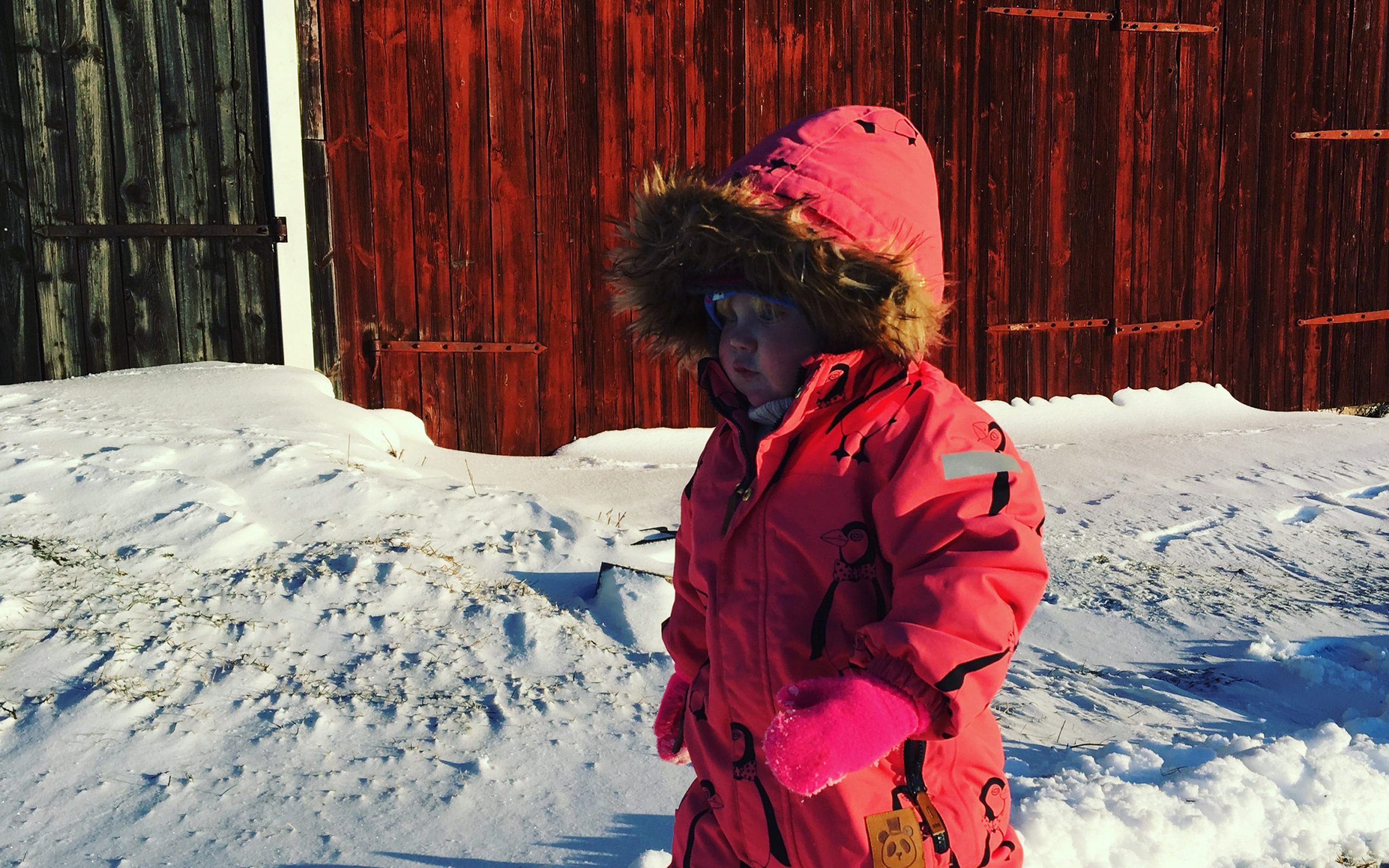

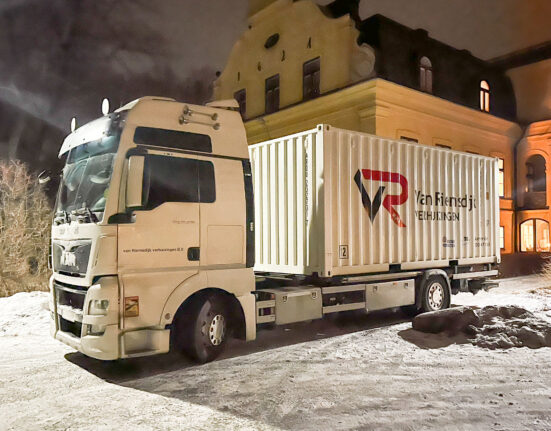
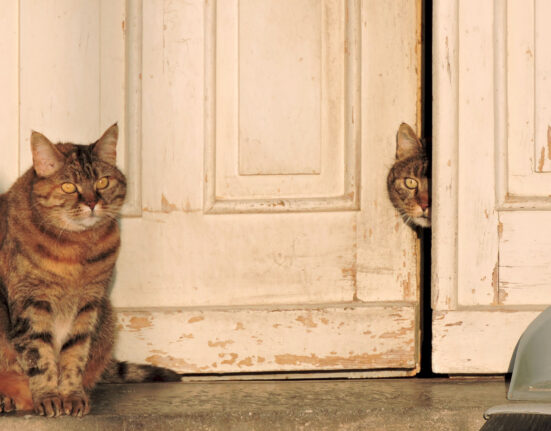
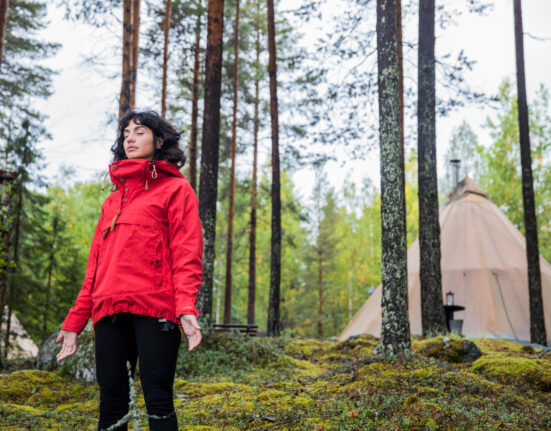
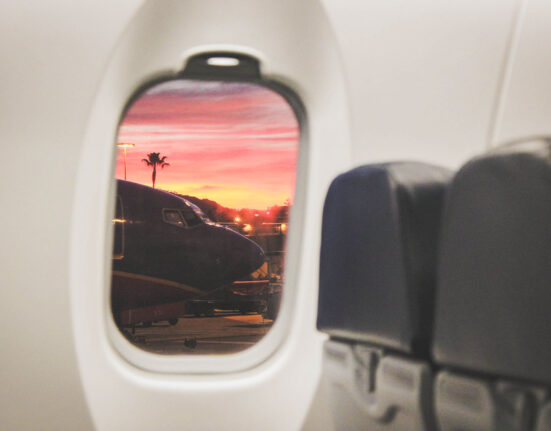
1 Comment